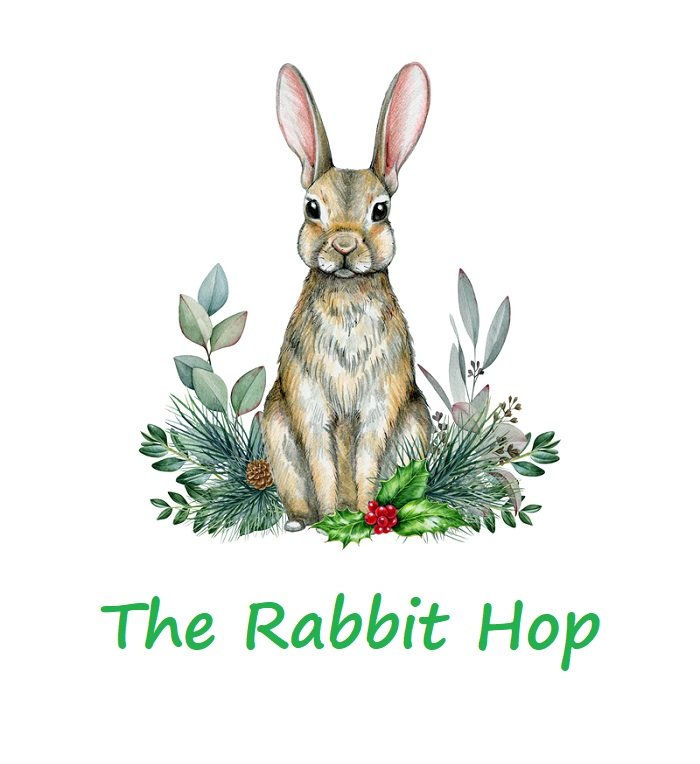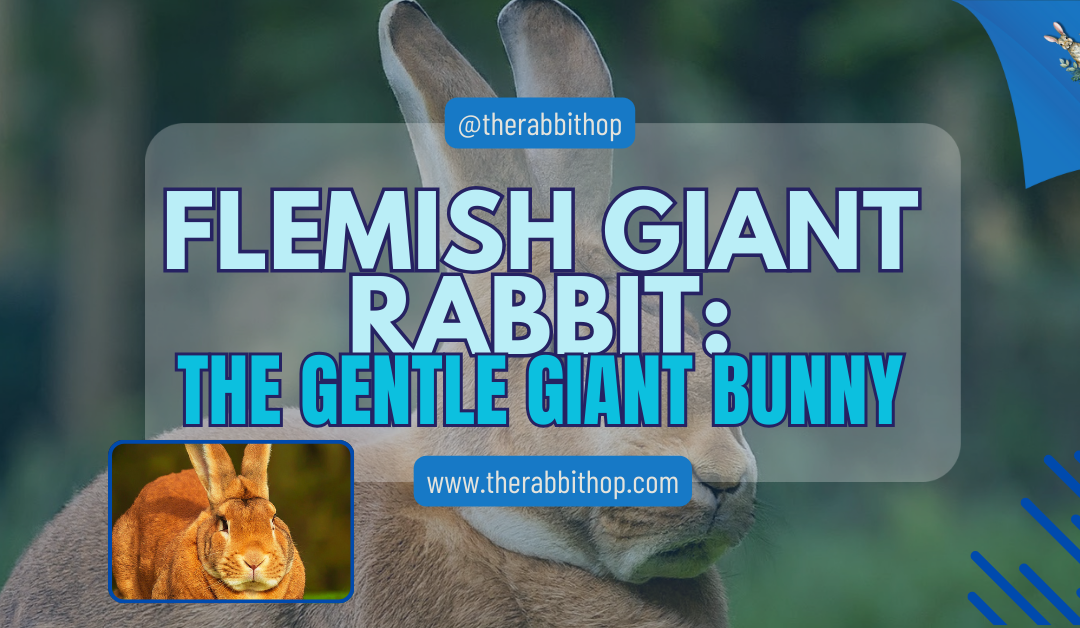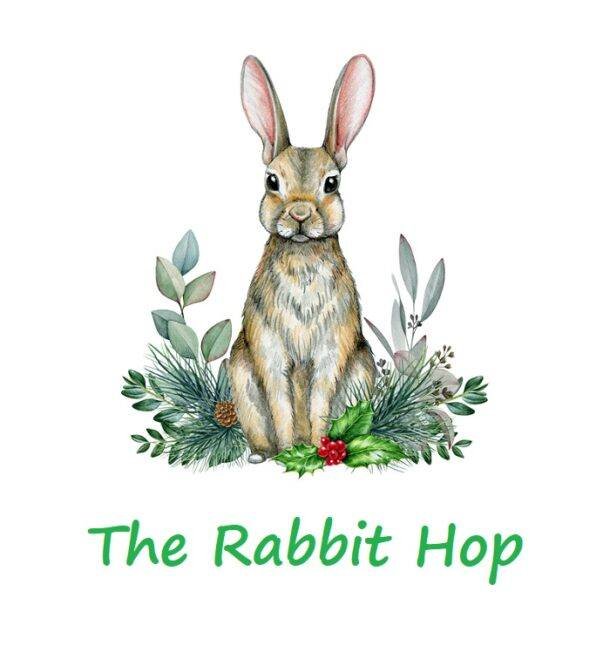Have you ever dreamed of having a pet as gentle and lovable as the Flemish Giant Rabbit, whose size rivals that of a giant teddy bear? This gentle giant bunny has a sweet temperament that makes it a captivating companion, melting even the hardest of hearts. Dive into the world of these magnificent rabbits and discover why they’re more than just a big bundle of fur—they’re a genuinely remarkable breed with a heart as enormous as their size.
Flemish Giant Rabbit: The Cuddly Colossal Bunny You’ll Love
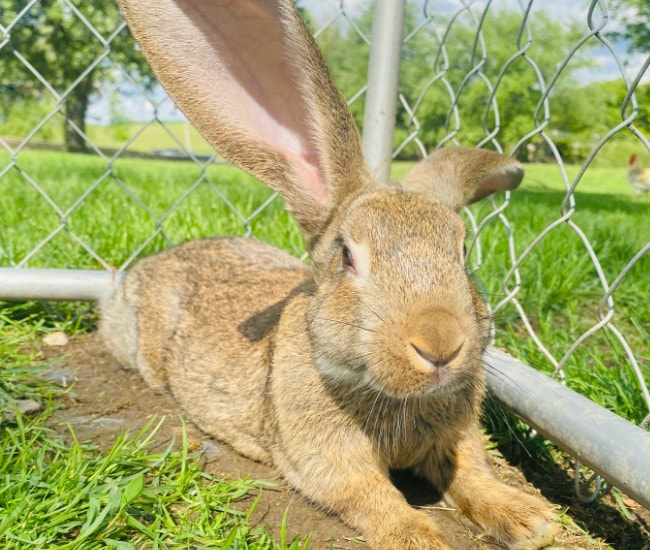
Meet the Flemish Giant rabbit, an imposing bunny breed! These gentle giants are known for their massive size and friendly nature. Flemish Giant rabbits can weigh up to 22 kilograms (49 lb) and are often called the “universal rabbit” due to their varied uses as pets, show animals, and for meat and fur production.
Flemish Giants have a rich history dating back to the 16th century. They originated in the Flanders region, which includes parts of modern-day Belgium and the Netherlands. These lovable bunnies have become popular worldwide for their docile personalities and striking appearance.
When you bring a Flemish Giant into your home, you’re welcoming a furry friend that’s both cuddly and impressive. Their large size means they need plenty of space and special care, but their gentle temperament makes them great companions for families and individuals.
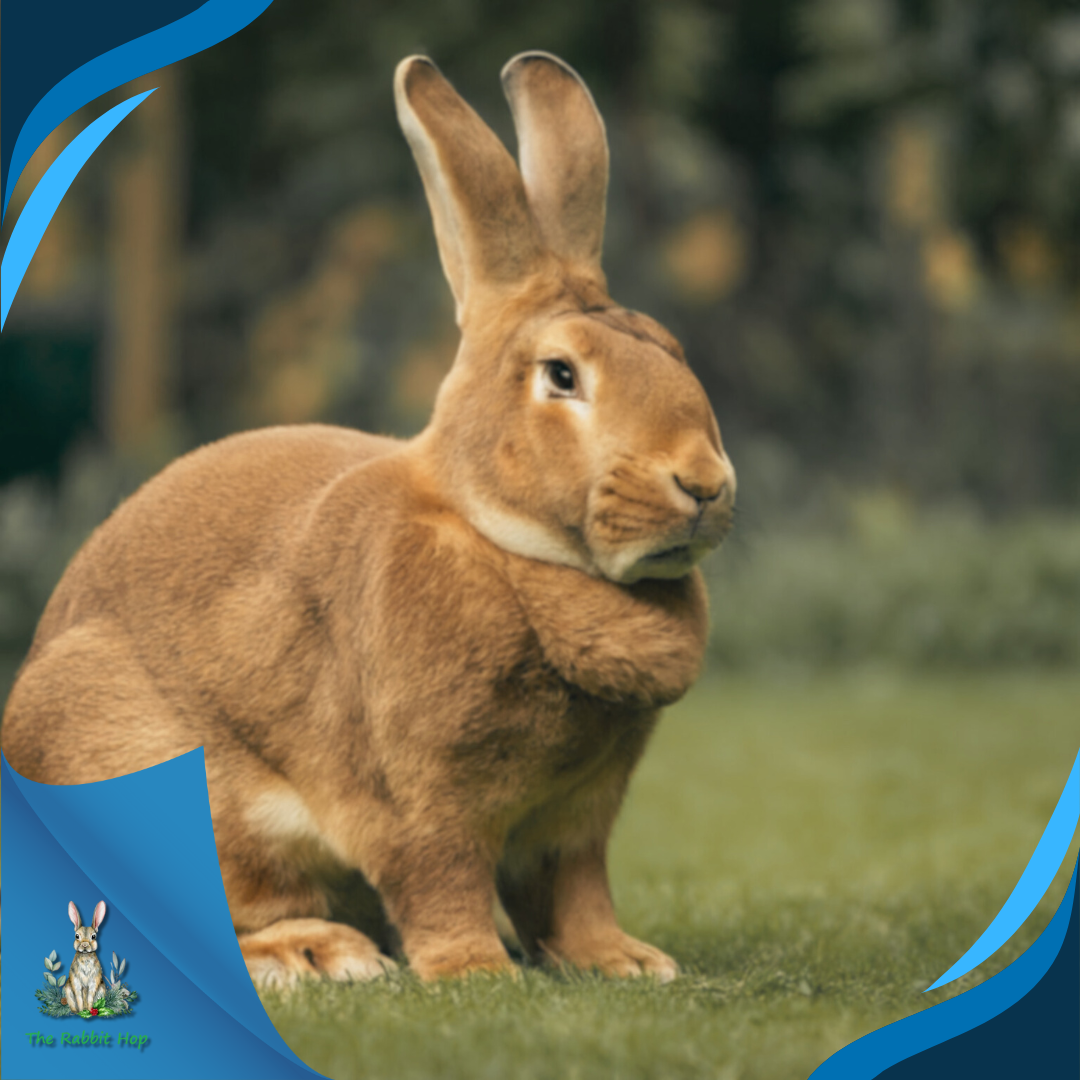
Key Takeaways
- Flemish Giants are giant rabbits with a friendly, docile nature.
- You must provide ample space and specialized care for these gentle giants.
- These bunnies have a long history and diverse uses, from pets to show animals.
Breed History
Flemish Giant Rabbits have a long and fascinating past. Their story starts in Europe and illustrates how people helped make these giant bunnies bigger over time. The evolution of the Flemish Giant Rabbit is a testament to their unique history and the dedication of those who cherished these impressive animals.
Origin of Flemish Giants
Flemish Giant rabbits come from Flanders, a region in northern Belgium. They first appeared in the 16th century. People bred them for meat and fur. Farmers liked these rabbits because they grew so large. The rabbits became popular and spread to other parts of Europe. In the late 1800s, people brought Flemish Giants to America.
Breed Development
Breeders worked hard to make the Flemish Giants bigger and better. They picked the largest rabbits to have babies. This made each new group of rabbits bigger than the last. In America, people used Flemish Giants to make other rabbit breeds bigger.
The American Rabbit Breeders Association recognized the breed in the early 1900s. Today, Flemish Giants are known as “Gentle Giants.” People keep them as pets, show them in contests, and use them for meat and fur. Their friendly nature makes them great companions for rabbit lovers.
Here’s an additional video answering six of the most popular questions about the Flemish Giant Rabbit.
By: Rabbit Vet Care
Physical Characteristics

Flemish Giant rabbits stand out with their impressive size and unique features. These gentle giants’ remarkable physical traits set them apart from other rabbit breeds.
Size and Weight
Flemish Giants are truly massive bunnies. They can grow up to 2.5 feet long and weigh between 15 to 22 pounds. Some exceptional individuals may even reach 25 pounds or more! To put this in perspective, they’re about the size of a medium dog.
When you see a Flemish Giant, you’ll be amazed at how big they are compared to other rabbits. Their large size means they need plenty of space to move around comfortably. If you’re thinking of getting one, ensure you have enough room for this gentle giant to stretch out and hop around.
Coat and Colors
Flemish Giants have a dense, soft coat that feels wonderful to pet. Their fur is relatively short and easy to maintain with regular brushing. You’ll find these rabbits in a variety of colors, including:
- Black
- Blue
- Fawn
- Light Gray
- Sandy
- Steel Gray
- White
Some Flemish Giants may also have a unique “broken” color pattern, where white patches mix with another color.
Distinctive Features
Besides their size, Flemish Giants have some other standout features. Their ears are long and upright, often measuring 5-6 inches in length. These rabbits have large, expressive eyes that contribute to their gentle appearance. Their head is broad and well-rounded, giving them a distinctive look.
One of the most noticeable traits is their muscular body. Flemish Giants have a robust build with strong legs, which allows them to move surprisingly quickly despite their size. Their feet are also quite large, helping to support their hefty weight. When you see a Flemish Giant’s paws, you might be reminded of a cat’s paws rather than a typical rabbit’s.
Temperament and Behavior
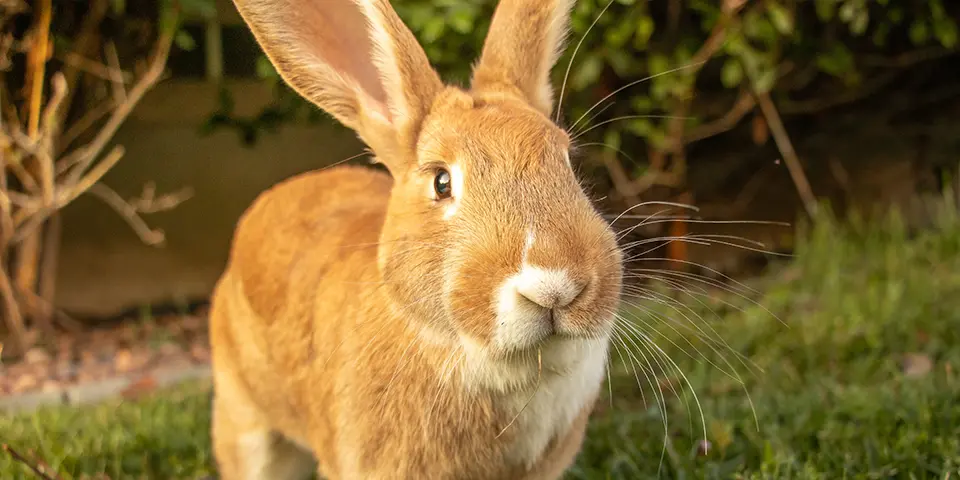
Flemish Giant rabbits are known for their gentle nature and friendly demeanor. These big bunnies have unique personality traits, making them great companions for the right owners.
Personality Traits
Flemish Giants are calm and laid-back pets. They’re not as hyperactive as smaller rabbit breeds. You’ll find them to be patient and easygoing. These rabbits are often curious and enjoy exploring their surroundings. Flemish Giants can be quite playful when they want to be.
They love toys and games that challenge their minds. You might see them tossing toys or pushing balls around. Despite their size, these rabbits are typically docile. They rarely show aggression unless they feel threatened.
Interaction With Humans
Flemish Giants thrive on human attention. They enjoy being petted and cuddled. You’ll find they’re often happy to sit next to you while you read or watch TV. These rabbits can form strong bonds with their owners. They may follow you around the house, seeking attention.
Flemish Giant Rabbits respond well to gentle handling and can be quite affectionate. It would help if you socialized your Flemish Giant Rabbit from a young age, as this helps them become comfortable with human interaction. With proper care, Flemish Giant Rabbits can be great companions for adults and children.
Compatibility With Other Pets
Flemish Giants can get along well with other pets when appropriately introduced. Their calm nature often makes them good housemates for other rabbits. It would help if you always supervised interactions with dogs or cats. While Flemish Giants are large, they may still be seen as prey by some pets.
These rabbits can live peacefully with other gentle animals. They may even form friendships with calm dogs or cats. It’s important to introduce new pets slowly and in a controlled environment. Remember, each rabbit has its own personality. Some may be more social than others. Always watch for signs of stress when introducing new animals.
Care Requirements
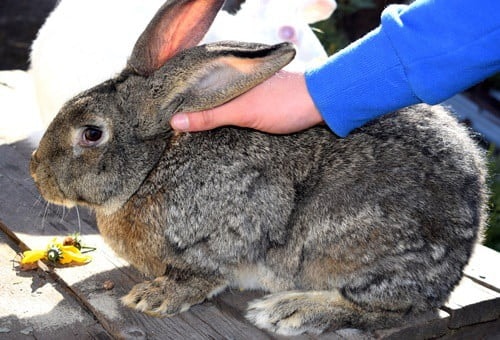
Flemish Giant rabbits need special care due to their large size. These gentle giants have unique food, housing, exercise, and health monitoring needs.
Diet and Nutrition
Your Flemish Giant needs a balanced diet to stay healthy. Give them unlimited hay as the main part of their diet. Offer 1 cup of pellets per 5 pounds of body weight daily. Add fresh veggies like leafy greens, carrots, and herbs. Flemish Giants need more food than smaller rabbits.
Always have fresh water available. Avoid sugary treats and human food. Use a heavy ceramic bowl to prevent tipping. Clean food and water containers daily. Adjust portions if your rabbit gains too much weight.
Housing Needs
Your Flemish Giant rabbit needs a spacious home. Their cage should be at least 4 feet by 4 feet. Bigger is better for these large bunnies. Use solid flooring to protect their feet. Add soft bedding like fleece or straw. Provide a litter box filled with rabbit-safe litter.
Include hiding spots and toys for mental stimulation. Keep the cage in a quiet, draft-free area. Clean the cage weekly and spot clean daily. Flemish Giants require more living space than regular-sized rabbits. Make sure they have room to hop, stretch, and play.
Exercise and Enrichment
Your Flemish Giant needs daily exercise outside their cage. Let them out for at least 2-3 hours a day. Rabbit-proof the area to keep them safe. Provide toys like cardboard tubes, willow balls, and wooden chew toys. Hide treats around their play area for foraging fun.
Set up tunnels or boxes for exploring. Rotate toys to keep things interesting. Spend time playing with and petting your rabbit. Social interaction is essential. Flemish Giants need more attention than smaller breeds. Consider adopting a pair for companionship.
Health Monitoring
Check your Flemish Giant’s health daily. Look for changes in eating, drinking, or bathroom habits. Watch for signs of illness like runny eyes or nose. Trim their nails every 4-6 weeks. Brush their coat weekly to prevent matting. Check their teeth monthly for overgrowth.
Take your rabbit to the vet yearly for check-ups. Spay or neuter your pet to prevent health issues. Keep up with vaccinations as recommended by your vet. Flemish Giants may need more veterinary care due to their size. Be prepared for higher vet costs compared to smaller breeds.
Breeding and Genetics
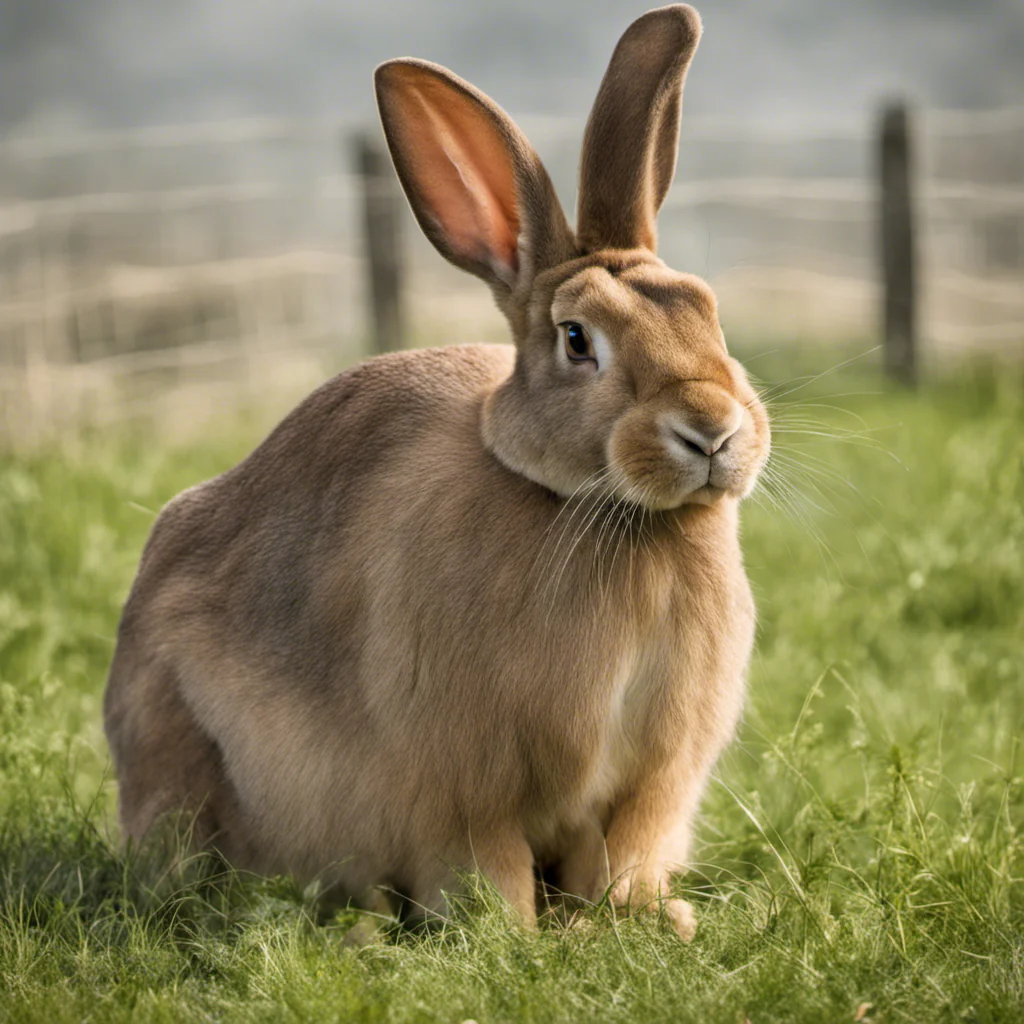
Breeding Flemish Giant rabbits requires careful planning and attention to genetics. You must consider several factors to ensure healthy offspring and maintain the breed’s desirable traits.
Breeding Considerations
When breeding Flemish Giants, you should choose healthy, mature rabbits at least eight months old. The doe can have 2-3 litters per year, with 6 to 10 kits on average. Make sure both parents have good temperaments and meet breed standards.
Provide a nesting box for the doe about a week before the expected birth. Keep the environment calm and stress-free. After birth, monitor the kits closely for the first few weeks.
Breeding Flemish Giants can be rewarding, but it’s a big responsibility. You’ll need plenty of space and resources to care for a growing rabbit family.
Genetic Health
Flemish Giants are generally healthy, but they can inherit some genetic issues. You should be aware of potential problems like:
- Hip dysplasia.
- Dental issues.
- Ear mites.
- Splay leg.
To minimize these risks, only breed rabbits with good health histories. Avoid inbreeding, which can amplify genetic problems. Regular vet check-ups can help catch issues early.
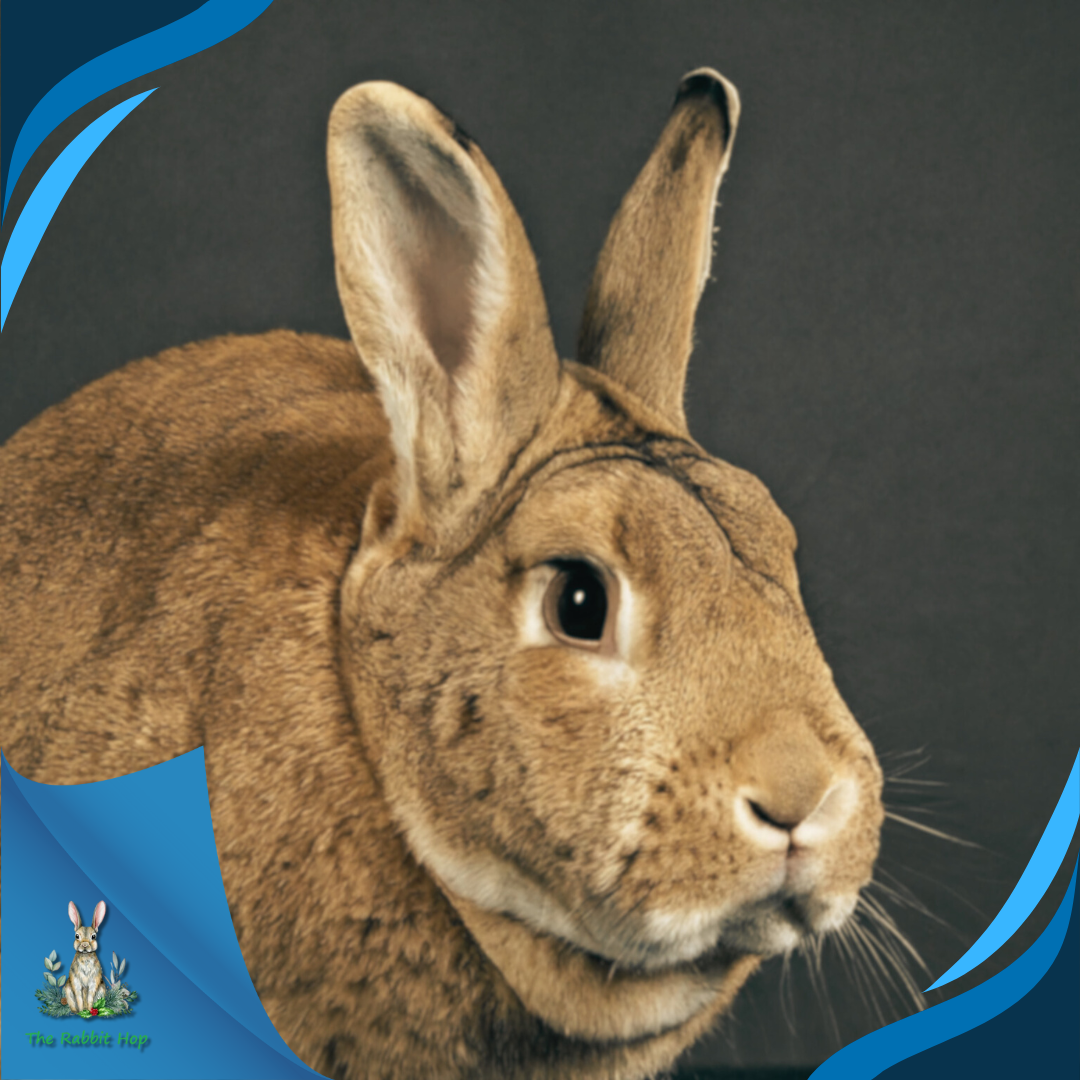
Did You Know?
Breeding-quality Flemish Giants may cost $50 to $100. This higher price often reflects better genetics and health. When choosing breeding stock, look for rabbits with clear eyes, clean ears, and glossy coats.
Common Health Issues
Flemish Giant rabbits face some unique health challenges due to their large size. You should be aware of certain preventable diseases and special care needs to keep your gentle giant healthy and happy.
Preventable Diseases
- Gastrointestinal stasis is a common issue in Flemish Giants. This condition slows down or stops the digestive system. You can prevent it by providing plenty of hay and fresh water.
- Dental problems are another concern for the Flemish Giant Rabbit. Your rabbit’s teeth grow continuously, so they must chew on hay and wooden toys to wear them down. Regular dental check-ups are essential.
- Obesity is a risk for these giant bunnies. Feed them a balanced diet and give them space to exercise. Avoid overfeeding treats.
Special Care Considerations
Flemish Giant rabbits need more space than smaller breeds. Provide a large enclosure to prevent joint and spine issues. Soft flooring is crucial to protect their feet from sores. These rabbits are prone to heat stress. Keep them cool in hot weather with frozen water bottles or cooling mats. Make sure they always have fresh water.
Regular grooming is essential. Brush your Flemish Giant weekly to prevent matted fur and skin problems. Trim their nails as needed. Watch for signs of arthritis as they age. Provide ramps or steps to help them access different levels in their habitat.
Legal and Ethical Ownership
Owning a Flemish Giant rabbit comes with important legal and ethical responsibilities. You’ll need to consider proper adoption methods, breeding practices, and community involvement to ensure the well-being of these gentle giants.

Adoption and Purchase
When getting a Flemish Giant, you have two main options: adoption or purchase. Adopting from a rescue can give a home to a rabbit in need. Many shelters have these giant bunnies looking for loving families. If you choose to buy, find a trustworthy breeder. Ask to see the rabbit’s parents and living conditions.
Before bringing your new pet home, ensure it’s legal in your area. Some places have rules about large rabbit breeds. Check local laws and homeowners’ association rules. Prepare for your new friend by setting up a spacious cage or pen. Flemish Giants need more room than smaller rabbits due to their size.
Responsible Breeding Practices
If you plan to breed Flemish Giants, do it ethically. Learn about their genetics and health issues first. Work with a vet who knows rabbit care. Only breed a few times. Female rabbits need rest between litters. Keep good records of your rabbits’ family trees to avoid inbreeding.
Give your breeding rabbits top-notch care. They need a balanced diet, exercise, and regular check-ups. Be ready to find good homes for all the babies. Join rabbit clubs to learn from other breeders. They can teach you best practices and help you improve your breeding program.
Community and Show Participation
Getting involved in the rabbit community can be fun and educational. You can join rabbit clubs or attend shows with your Flemish Giant. Judges look at your rabbit’s body type, fur, and overall health at shows. It’s a great way to learn more about the breed standard. You’ll meet other Flemish Giant fans and share tips.
Some clubs do community outreach. You might visit schools or nursing homes with your gentle giant. This helps teach people about rabbits and animal care. Remember, your rabbit’s comfort comes first. Please make sure they enjoy these activities and aren’t stressed. Always take care of your Flemish Giant at events.
Conservation and Preservation
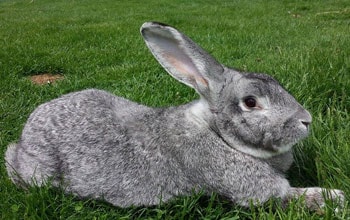
Flemish Giant rabbits face some challenges, but efforts are underway to protect them. You can help support these gentle giants through various organizations and programs.
Breed Conservation Status
Flemish Giant rabbits are not currently at risk of extinction. Their popularity as pets and show animals has helped maintain stable populations. However, they’re not as common as some other rabbit breeds.
The American Rabbit Breeders Association recognizes Flemish Giants as a distinct breed. This recognition helps preserve their unique characteristics. Breeders work to maintain the breed’s large size and gentle temperament.
You might notice fewer color varieties in Flemish Giants than in the past. Some rarer colors need protection to avoid disappearing.
Support Organizations
You can get involved with groups that support Flemish Giant rabbits. The National Federation of Flemish Giant Rabbit Breeders is dedicated to these gentle giants. They promote breeding standards and educate the public. Local rabbit clubs often include Flemish Giant enthusiasts. You can join these clubs to learn more and help with conservation efforts.
Some animal shelters and rescue organizations focus on large rabbit breeds. You can support them by adopting, fostering, or donating. These groups help find homes for Flemish Giants in need. The Flemish Giant Rabbit Care website offers resources for proper breeding and care. This helps ensure the breed’s health and longevity.
Here’s an additional video about the Flemish Giant Rabbit.
By: Pets Life
Embracing the Charm of Flemish Giant Rabbits: The Gentle Giants of the Bunny World
The Flemish Giant Rabbit is more than just an impressive breed—it’s a gentle giant with an incredibly affectionate nature. Originating from Flanders and gaining global popularity, these large bunnies are known for their size and calm and friendly demeanor. Their majestic presence and unique personality make them remarkable companions, capable of forming deep bonds with their owners.
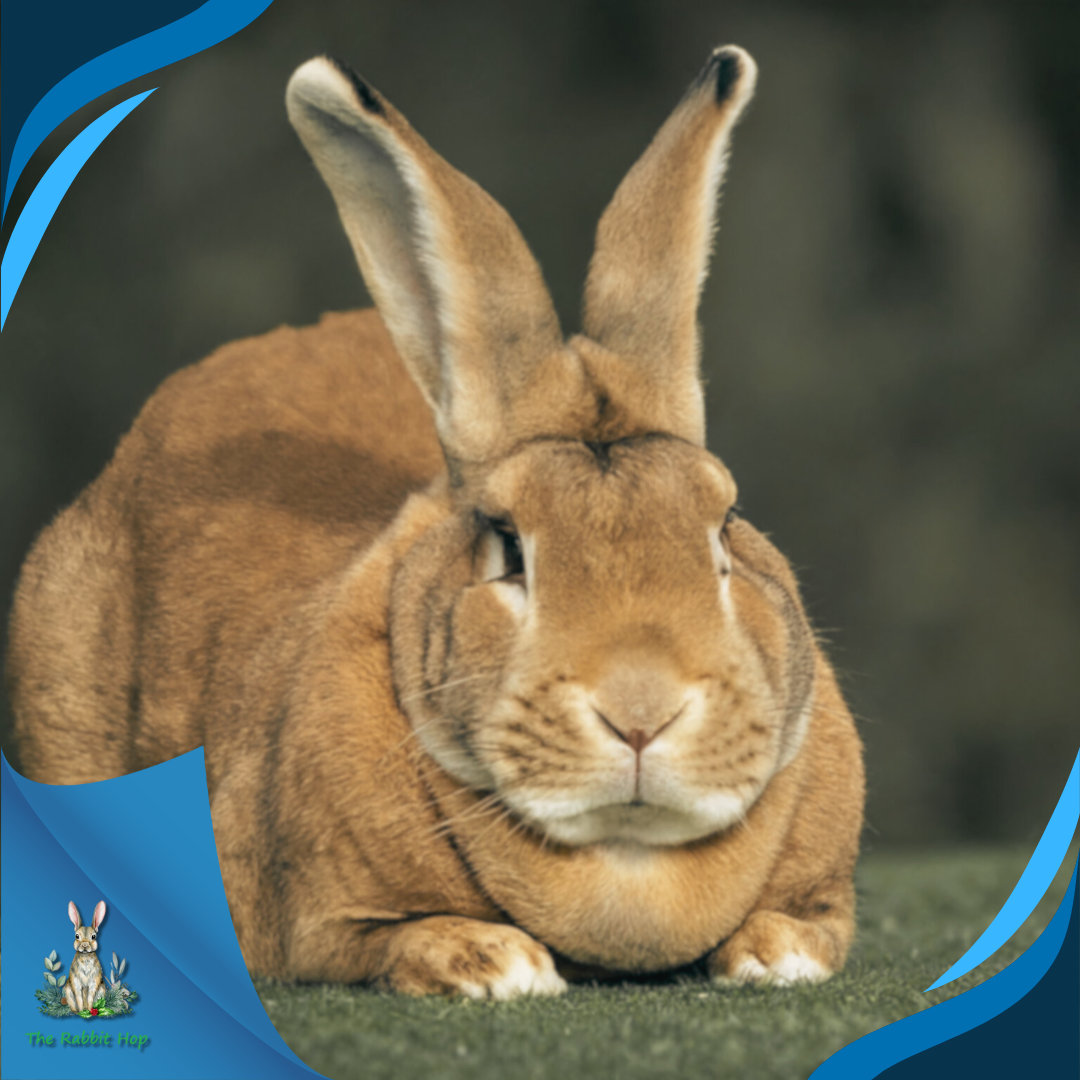
However, owning a Flemish Giant Rabbit requires a commitment to meeting their specific needs. Their size demands ample space, specialized care, and attention to their health and well-being. You can enjoy the rewards of having such a loving and extraordinary pet by providing a suitable environment and understanding their requirements. Embrace the charm of these colossal cuddlers and see why they are celebrated as the gentle giants of the rabbit world.
Frequently Asked Questions
What is the Average Lifespan of a Flemish Giant Rabbit?
Flemish Giant rabbits typically live 5 to 8 years. With good care, some may reach ten years old. Their lifespan is similar to other large rabbit breeds.
How Much Does a Flemish Giant Rabbit Typically Weigh?
A full-grown Flemish Giant usually weighs 10 to 15 pounds. Some can reach over 20 pounds. Males tend to be slightly larger than females.
What Are the Characteristic Traits of Flemish Giant Rabbits?
Flemish Giants are known for their gentle nature. They’re calm, friendly, and patient. These rabbits are smart and can learn tricks. Their large size makes them stand out from other breeds.
Connect with Us and Join the Fun on Social Media!
Love your bunny as much as we do at The Rabbit Hop!
Explore our website for:
- Bunny Fun: Watch adorable videos, learn fascinating facts, and find tips to keep your bunny joyful!
- Top Product Reviews: Find the best products for your furry companion.
- Bunny Community: Connect with fellow bunny lovers and share your passion.
Stay updated with us on:
Make your bunny the most joyful hopper around!
